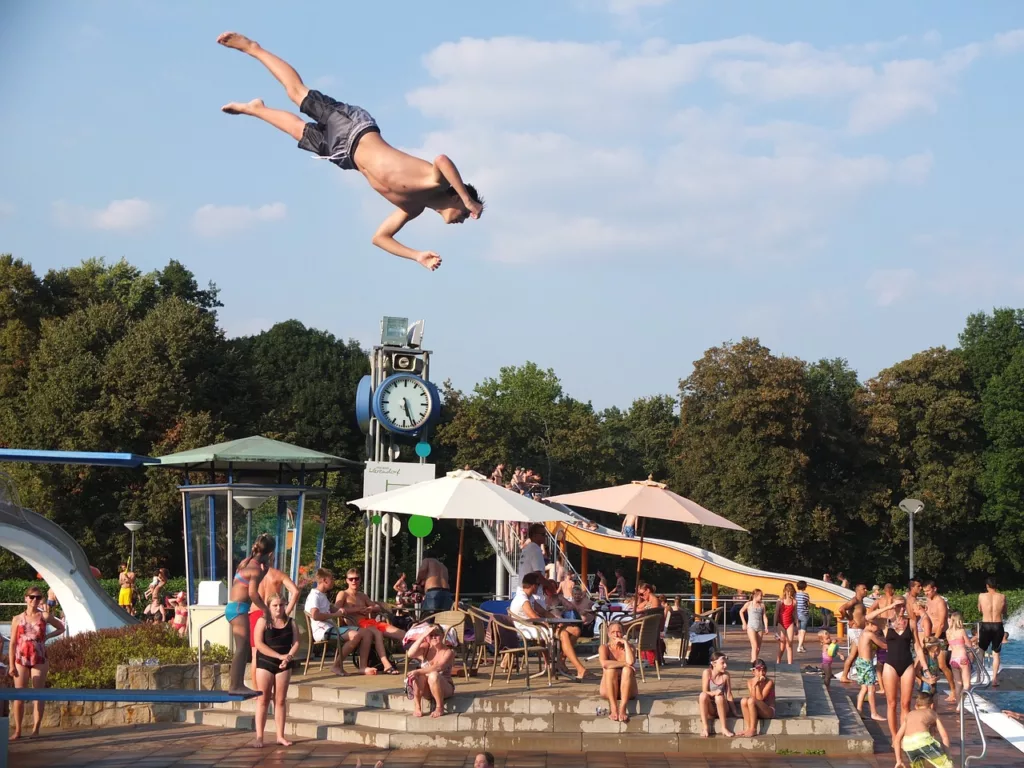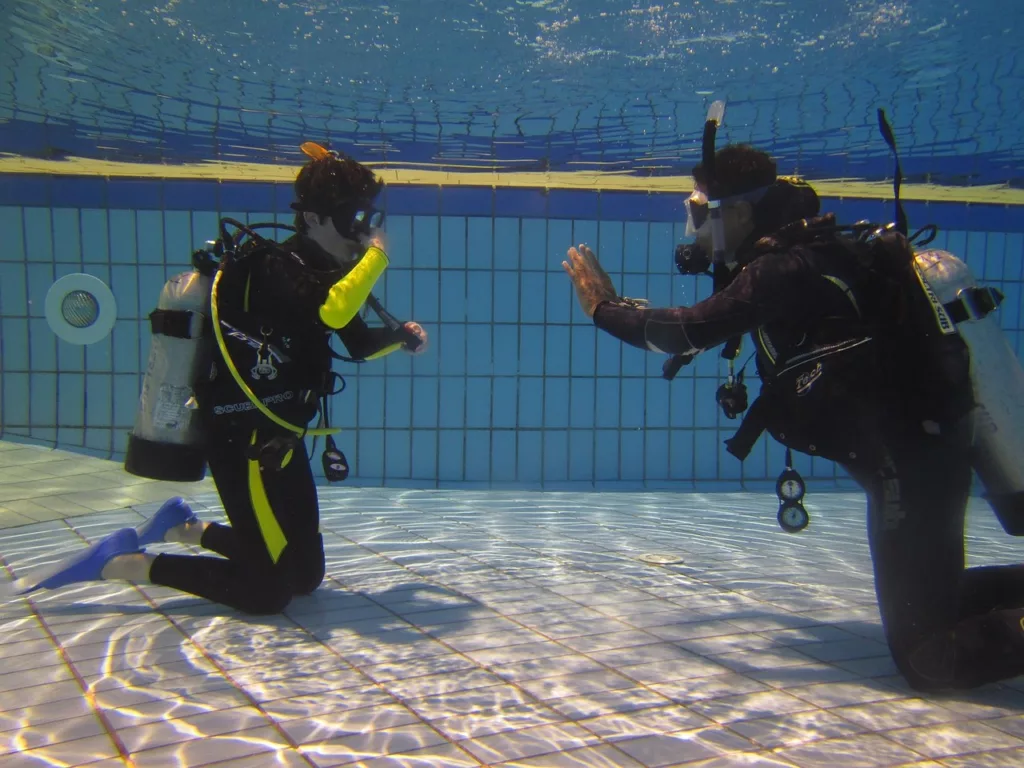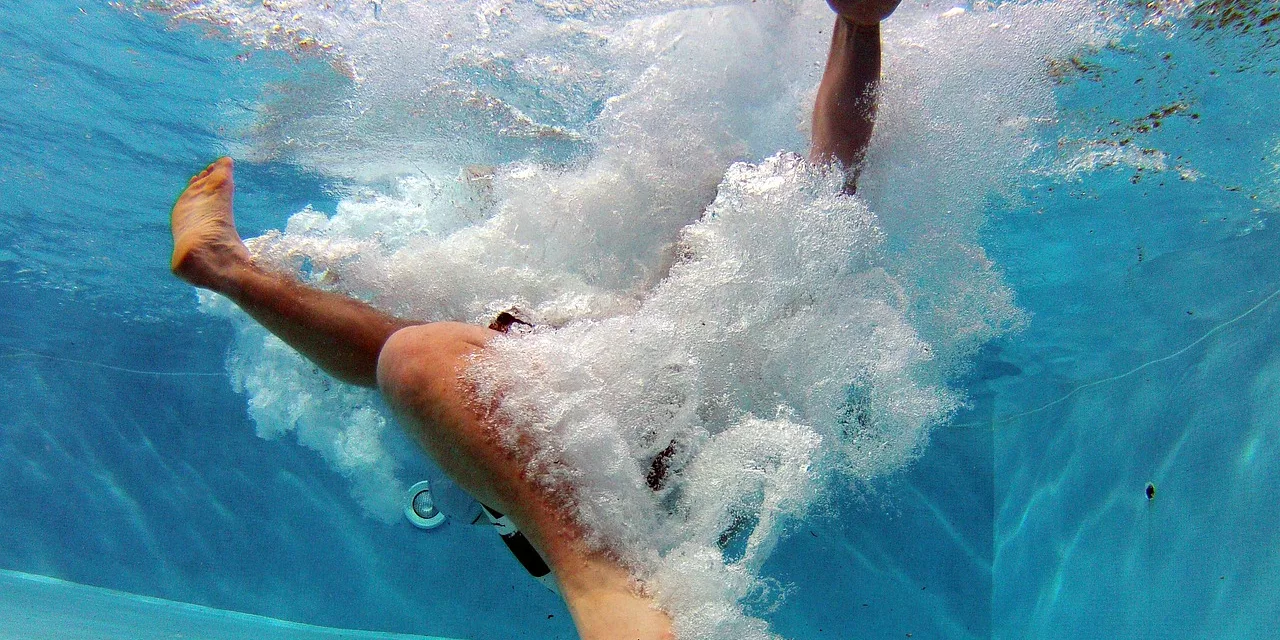Face Split Diving Accident
Face Split Diving Accident, Diving is a thrilling sport that lets people discover the mysteries of the undersea world. However, diving carries some risks, just like any other adventure sport. . One such risk is the face split diving accident, a traumatic experience that can have severe physical and psychological consequences.

Introduction
Face split diving accidents involve a diver entering the water at an angle that causes a forceful impact, often resulting in injuries to the face, head, and neck. Understanding the mechanics of face split diving and the factors contributing to such incidents is crucial for promoting safety in diving activities.
Understanding Face Split Diving
Face split diving occurs when a diver miscalculates the entry angle, leading to a forceful impact with the water surface. Common causes include misjudgment of distance, improper body positioning, and inadequate training. It’s essential to recognize the potential dangers associated with face split diving to prevent accidents.
The Impact on Divers
The physical injuries from face split diving accidents can range from facial fractures to more severe head and neck injuries. Beyond the physical harm, divers and witnesses may experience psychological trauma, impacting their confidence and overall well-being.
Prevention Measures
To mitigate the risks of face split diving accidents, proper training is paramount. Divers should undergo comprehensive training programs that emphasize correct entry techniques and safety measures. Additionally, the use of appropriate safety gear and regular equipment maintenance play crucial roles in accident prevention.
Responsibility of Dive Instructors and Operators
Dive instructors and operators bear a significant responsibility in ensuring the safety of their clients. Thorough training programs, continuous monitoring during activities, and established emergency response protocols are essential components of responsible diving operations.
Case Studies
Examining real-life examples of face split diving accidents provides valuable insights into the factors contributing to these incidents. By analyzing each case, we can identify patterns and highlight areas for improvement in dive safety practices.
Legal Implications
Dive operators face potential legal consequences in the event of accidents. Discussing liability issues, the importance of waivers, and informed consent emphasizes the need for both divers and operators to understand their legal responsibilities.
Raising Awareness
Advocating for safe diving practices is crucial for preventing face split diving accidents. Public campaigns that educate divers on the risks and promote responsible diving behaviors contribute to a safer diving community.
Emergency Response and First Aid
Being prepared for emergencies is fundamental in diving. Divers should be knowledgeable about immediate actions to take in case of an accident, and first aid training should be a mandatory part of any diving program.
The Role of Technology
Technological advancements play a vital role in enhancing dive safety. From improved equipment design to the development of underwater communication devices, technology contributes to preventing accidents and improving rescue efforts.

Community Support and Counseling
Establishing support networks for individuals affected by face split diving accidents is essential. Mental health resources should be readily available to help divers and witnesses cope with the psychological aftermath of such traumatic events.
Regulatory Changes
The diving community should actively engage with authorities to implement necessary regulatory changes. Collaboration between diving organizations and governmental bodies can lead to improved safety standards and regulations.
Interviews with Experts
Gaining insights from experienced divers and instructors provides valuable perspectives on preventing face split diving accidents. Recommendations from experts can inform training programs and contribute to a culture of safety in the diving community.
Learning from Mistakes
Analyzing past accidents is crucial for continuous improvement in dive safety. Learning from mistakes and implementing changes based on these lessons ensures a safer environment for all divers.
Conclusion
In conclusion, face split diving accidents are serious and preventable incidents that highlight the importance of prioritizing safety in diving activities. By understanding the causes, implementing prevention measures, and fostering a culture of responsibility, we can create a safer and more enjoyable diving experience for everyone.
Read also:The Insider’s Guide To Instantaneous Water Heaters




